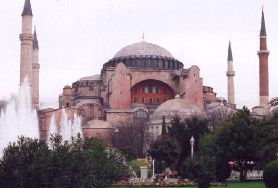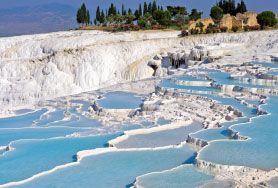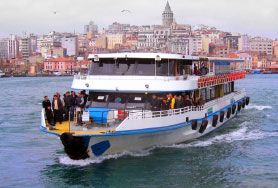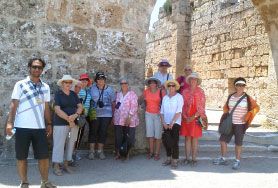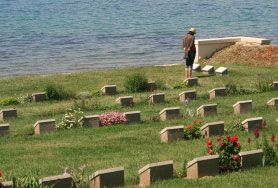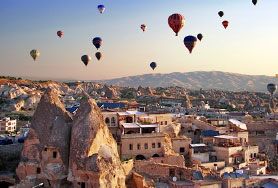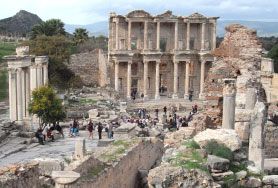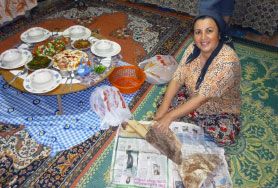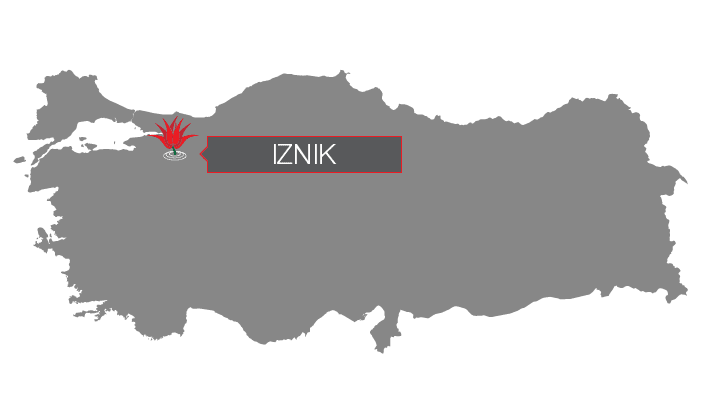
Founded in the 4th century BC by the Macedonian King Antigonus, Nicea was an important centre in late Roman and Byzantium times. In 325 AD the first council of the Christian Church was held, called by Constantine the Great. Over 300 Bishops from across the Christian World attended. The bibles of Matthew, Mark, Luke, and John were adopted by the Council as the official gospels of the Christian Church. Another council was held in 787AD known as the second council of Nicea which dealt with the Mrrwe of the use of Ikons and afterwards were restored to use in the Byzantine Empire. (In 1962 the 2nd Vatican Council described Is Iznik as the third holiest city after Jerusaleum and the Vatican.) The Seljuk Turks took Nicea in 1081 and renamed it Iznik, but was recaptured by Byzantines 16 years later. Nicea was finally conquered by the Ottoman Turks in 1378. During the 16th century, pottery production was introduced and the city became famous for its beautiful tiles which decorate many mosques and palaces throughout Turkey. After its tile production moved to Istanbul and Kutahya Iznik declined and the population today is around 15000 people. It is a lovely small city and we include this on a tour if you are travelling to Safranbolu or Ankara.



